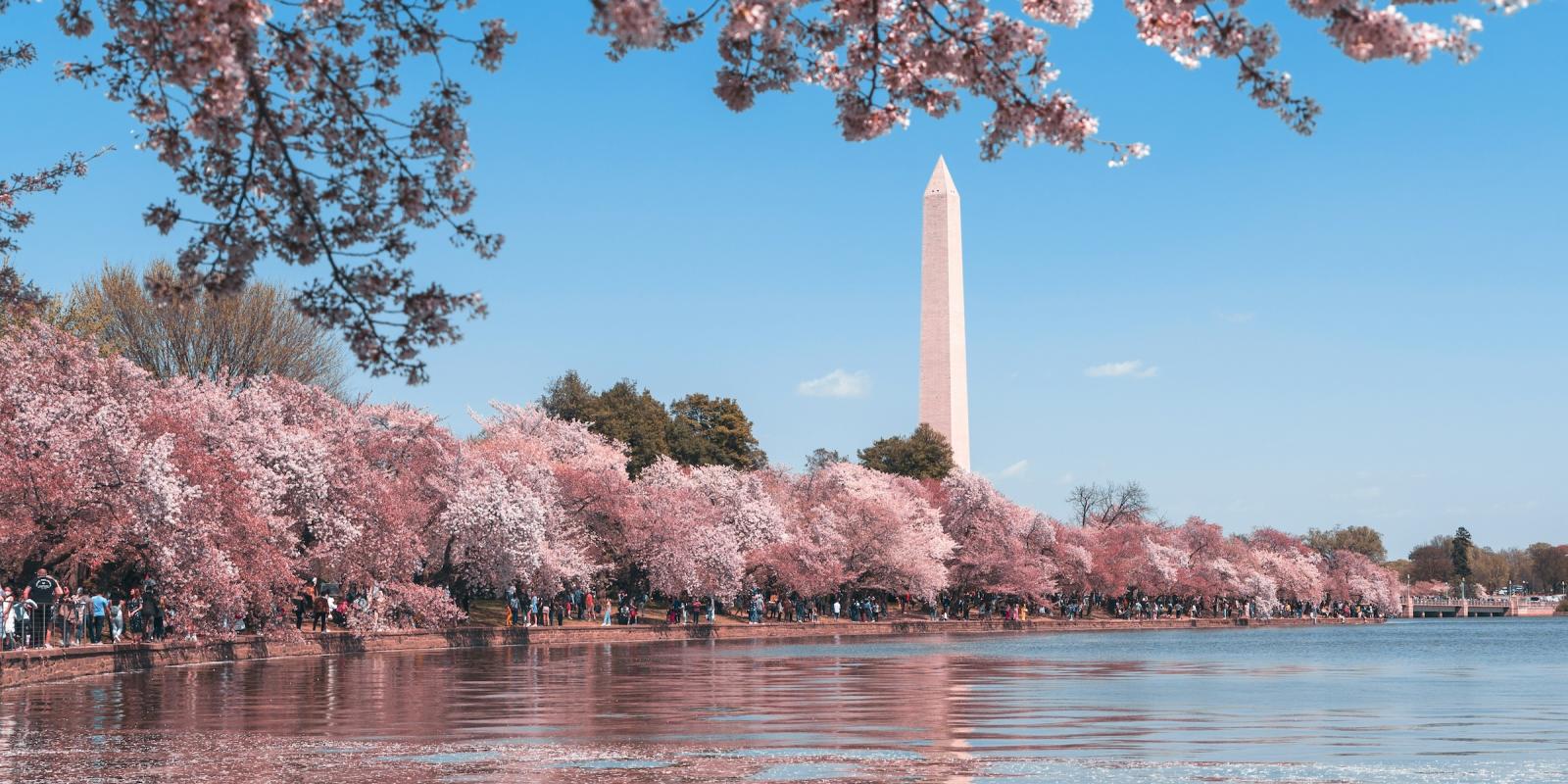Tonight our favorite documentary series, American Experience premieres a film about Thomas Edison, which you can watch on WETA TV26 and WETA HD at 9pm. Of course Edison is most known for his many inventions at his New Jersey lab. But, he also has a very unique connection to Washington.
The year was 1915. World War I was raging in Europe and Americans were uneasy at the prospect that their country would soon be brought into the conflict. As a man with a history of creative ideas, it's no surprise Edison had some thoughts on the situation and he was not shy about sharing them:
"The Government should maintain a great research laboratory, jointly under military and naval and civilian control. In this could be developed the continually increasing possibilities of great guns, the minutiae of new explosives, all the technique of military and naval progression, without any vast expense. When the time came, if it ever did, we could take advantage of the knowledge gained through this research work and quickly manufacture in large quantities the very latest and most efficient instruments of warfare."
It took a few years, but he finally got his wish and it left a lasting impact here in Washington.
